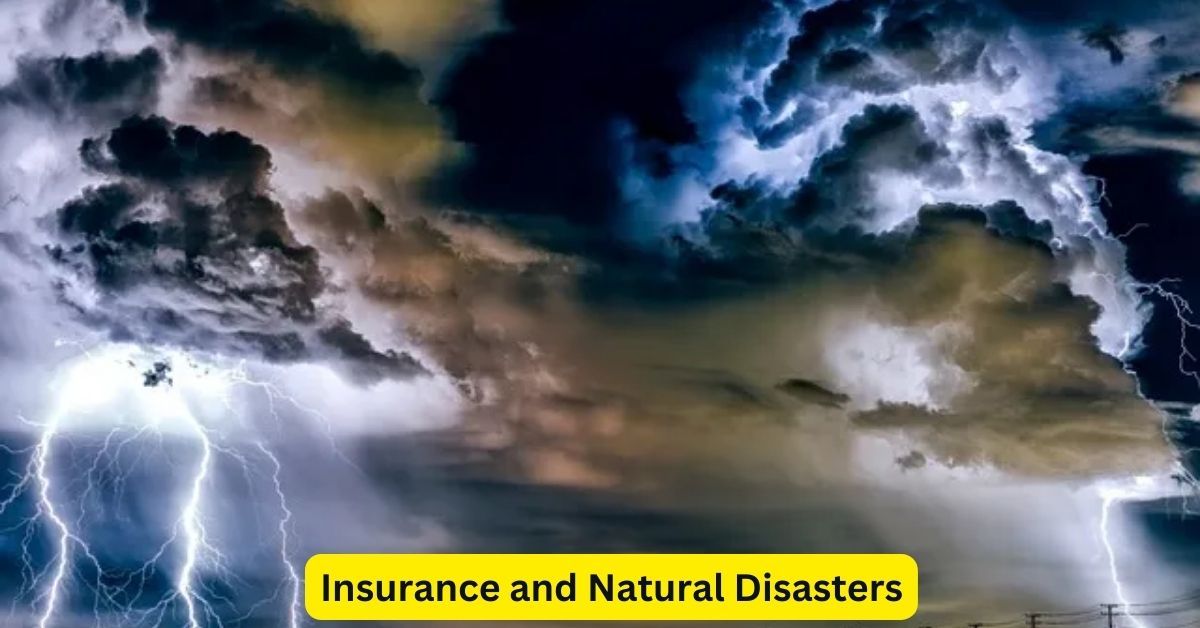Natural disasters, from hurricanes and floods to wildfires and earthquakes, have profound impacts on communities, economies, and the environment. The insurance industry plays a critical role in managing these risks, providing financial support, and facilitating recovery. However, the increasing frequency and severity of natural disasters pose significant challenges for insurers. This article explores the intersection of insurance and natural disasters, highlighting key issues and strategies for navigating these challenges.
The Impact of Natural Disasters on Insurance
Natural disasters create a range of challenges for insurers, including:
- Increased Claims and Payouts: The rising frequency and intensity of natural disasters lead to more frequent and higher-value claims. For insurers, this results in increased payouts, which can strain financial resources and affect profitability. Managing these claims efficiently while ensuring timely support for policyholders is a critical challenge.
- Rising Premiums and Affordability: To cover the escalating risks and losses associated with natural disasters, insurers may need to adjust premiums. This can lead to higher costs for policyholders, making insurance less affordable for some individuals and businesses. Balancing affordability with adequate coverage is a complex issue.
- Exposure to Unpredictable Risks: Natural disasters are inherently unpredictable, making it challenging for insurers to assess and price risks accurately. Traditional risk models may not fully capture the increasing variability and severity of events, necessitating more sophisticated approaches to risk assessment.
Strategies for Managing Natural Disaster Risks
Insurers are adopting several strategies to effectively manage the risks associated with natural disasters:
- Enhanced Risk Assessment and Modeling: Insurers are investing in advanced risk assessment tools and technologies to better understand and predict the impact of natural disasters. This includes using geographic information systems (GIS), satellite data, and climate models to improve risk evaluation and underwriting processes.
- Diversification and Risk Pools: To mitigate the impact of large-scale disasters, insurers often diversify their risk portfolios and participate in risk pools or reinsurance arrangements. By spreading risk across a broader range of policies and markets, insurers can reduce their exposure to catastrophic losses.
- Promoting Resilience and Mitigation: Insurers are increasingly supporting initiatives that enhance community resilience and disaster preparedness. This includes encouraging policyholders to invest in risk-reducing measures, such as building codes, flood defenses, and fire-resistant materials. Some insurers also offer incentives for implementing these measures.
- Streamlining Claims Processes: Efficient claims processing is crucial during and after a disaster. Insurers are adopting technology solutions, such as digital claims reporting and automated processing systems, to streamline the claims process and provide timely support to policyholders.
- Collaboration and Advocacy: Insurers are collaborating with government agencies, emergency services, and community organizations to improve disaster response and recovery efforts. They also advocate for policies and practices that enhance disaster preparedness and resilience at the local, national, and global levels.
Conclusion
In conclusion, natural disasters present significant challenges for the insurance industry, from increased claims and premiums to unpredictable risks. By investing in advanced risk assessment, diversifying risk portfolios, promoting resilience, streamlining claims processes, and collaborating with stakeholders, insurers can navigate these challenges effectively. Embracing these strategies not only helps manage the financial impacts of natural disasters but also supports communities in recovering and rebuilding. As the frequency and intensity of natural disasters continue to evolve, the insurance industry’s role in providing protection and facilitating recovery remains vital.

